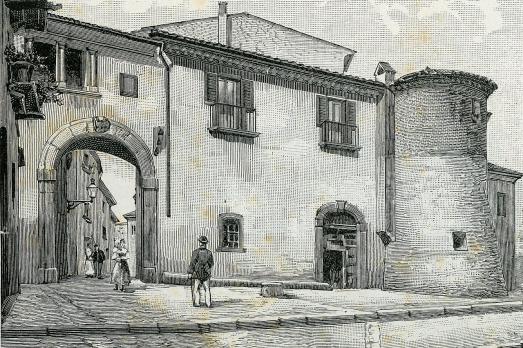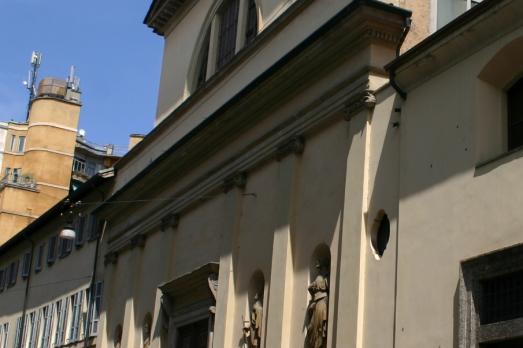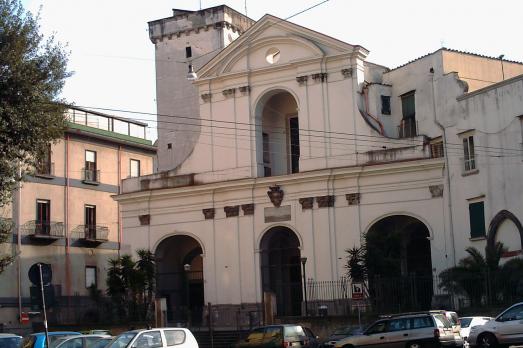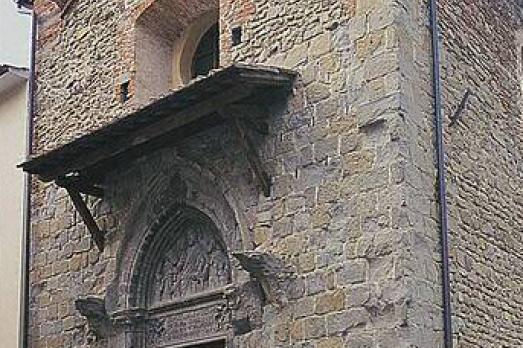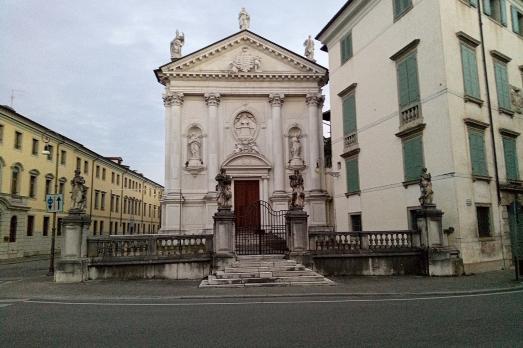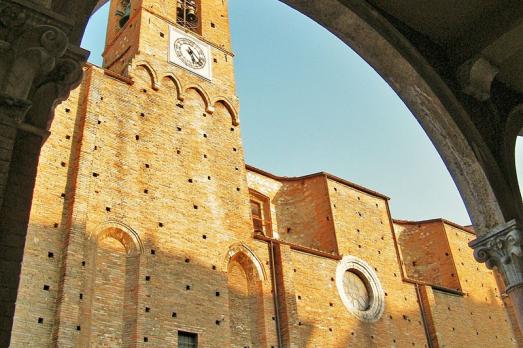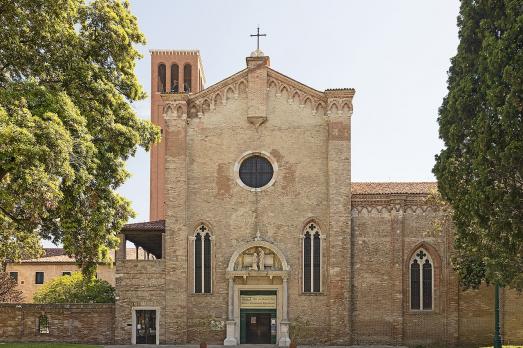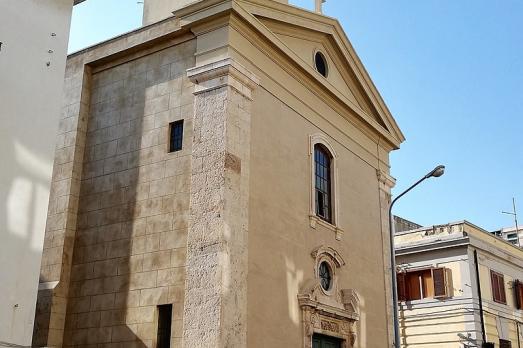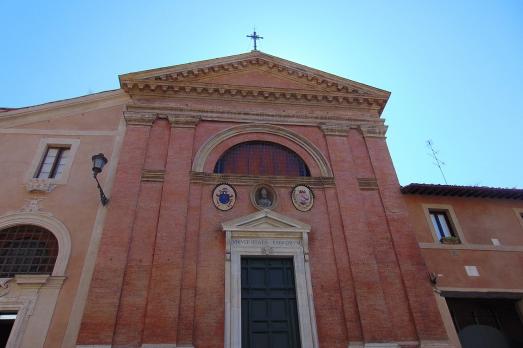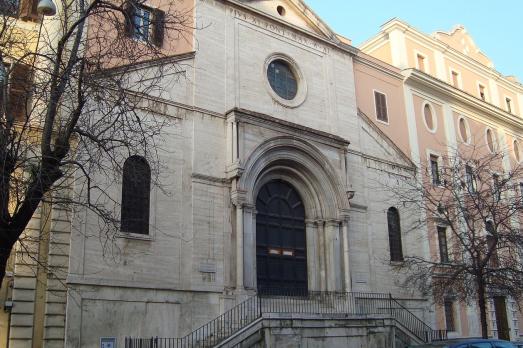
Chiesa di Sant'Antonio Abate all'Esquilino
Roma, IT
The church of Sant'Antonio Abate all'Esquilino had an annexed hospital, predating the church and built in the second half of the 13th century, for the treatment of people suffering from "St Anthony's fire" (Shingles). The church was built in 1308 to replace a pre-existing church called Sant'Andrea cata barbara (from the 5th century); it was then rebuilt in 1481 by Pope Sixtus IV and underwent a new internal restoration in the 18th century. The façade, on the other hand, is the work of Antonio Muñoz and dates from the restoration of the church in the first half of the 20th century. In 1928, the church and its surroundings were purchased by the Holy See; the church was given to the Russian Catholics of the Byzantine rite.
